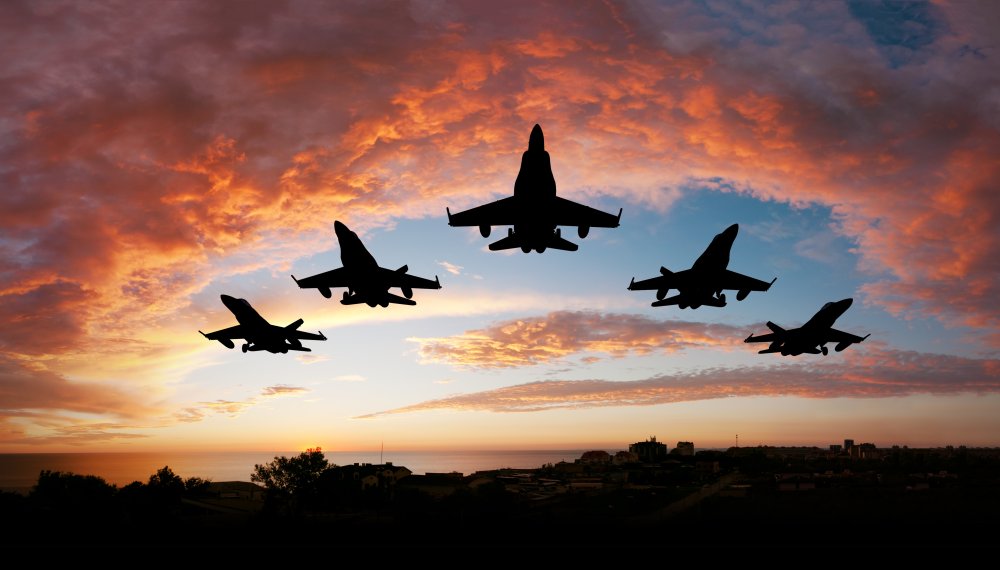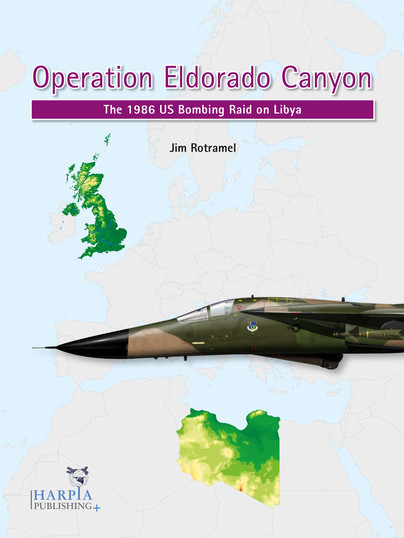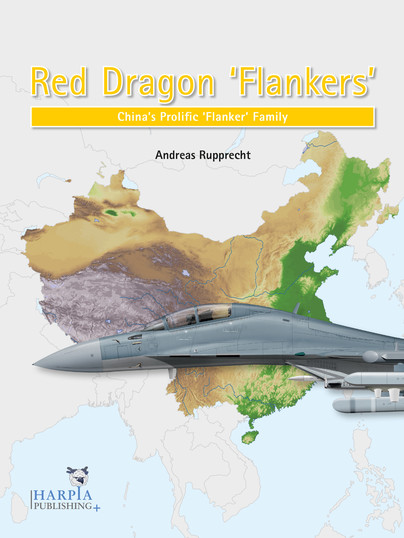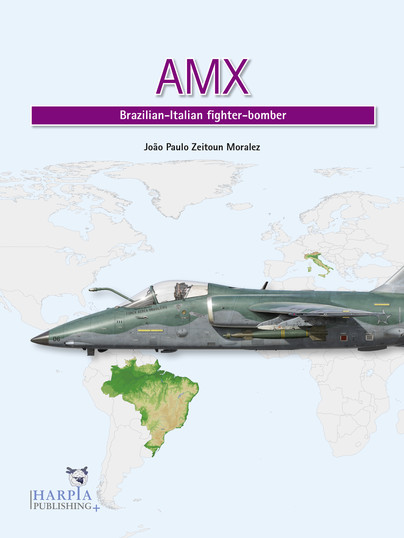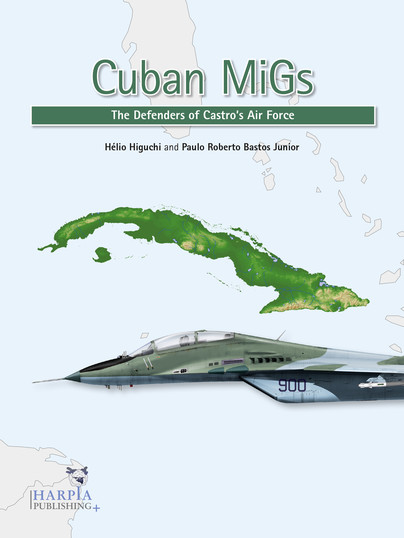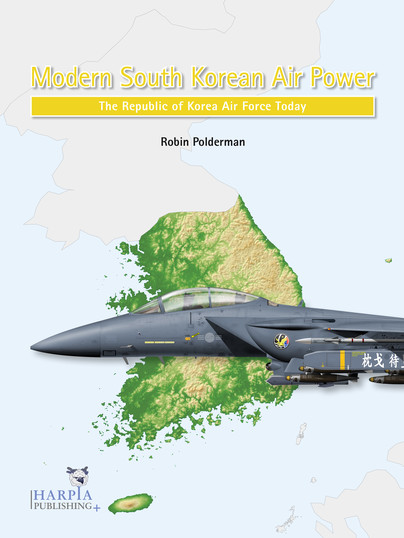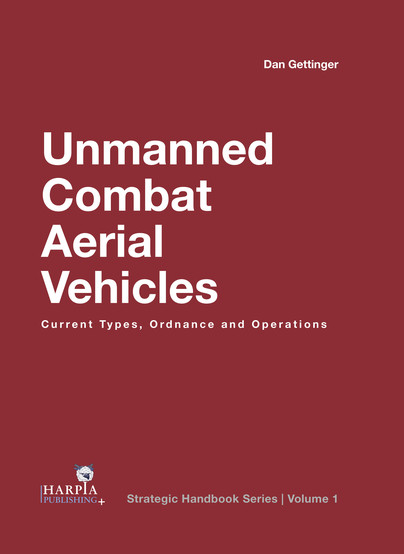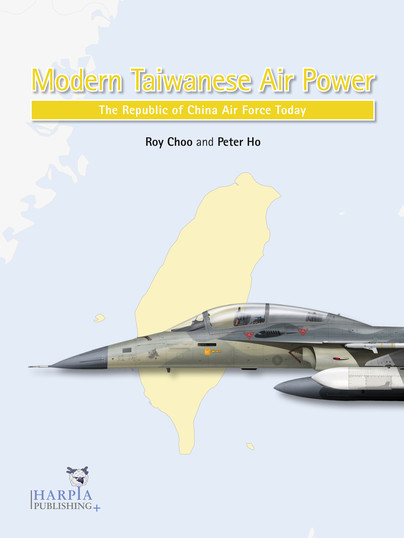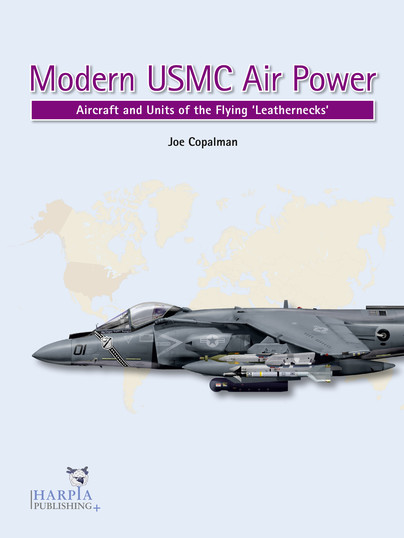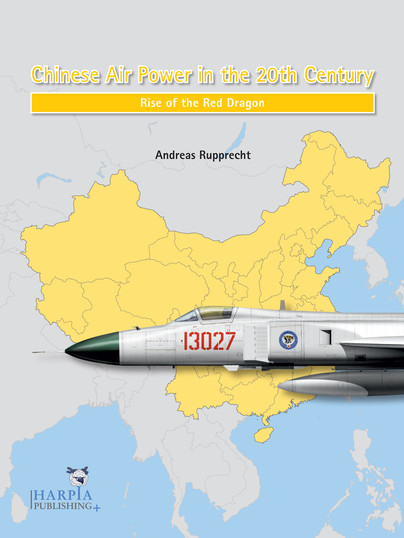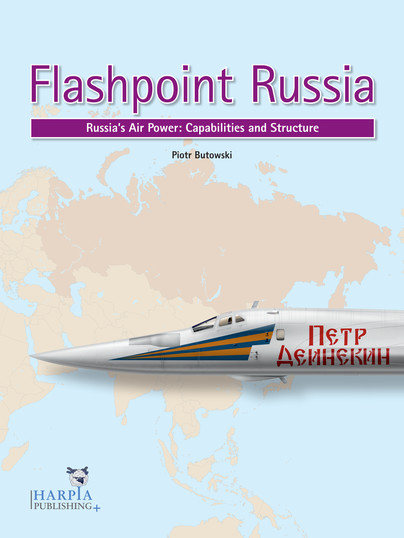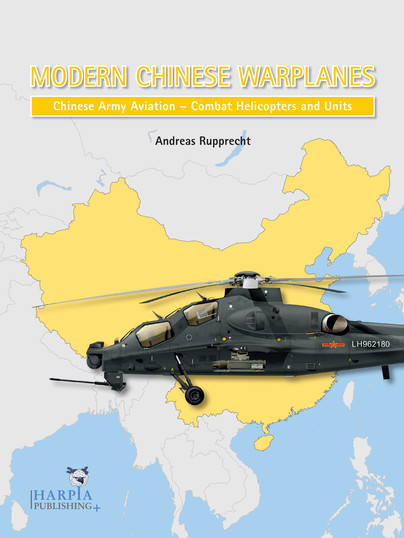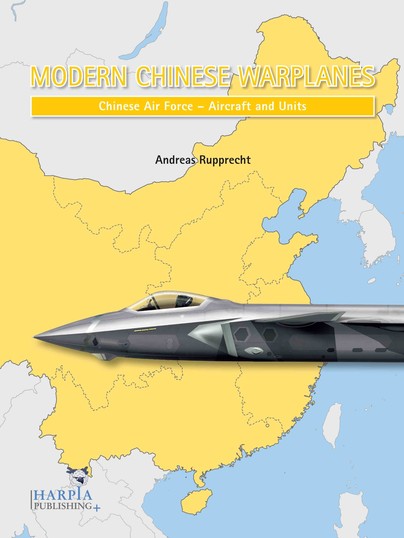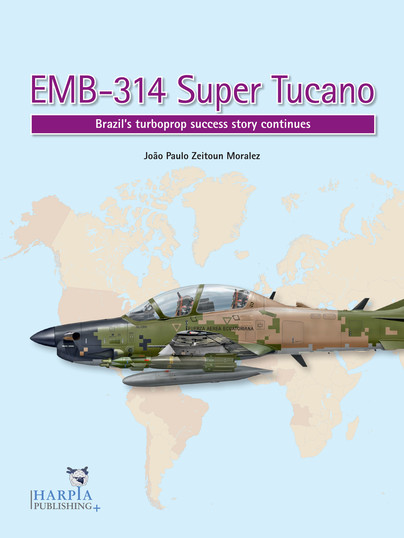Night Fighter Aces of the Luftwaffe 1943-45
Format: Paperback
Pages: 128
ISBN: 9781636245546
Pub Date: 15 Mar 2025
Imprint: Casemate Publishers
Series: Casemate Illustrated
Illustrations: 100+ photographs and artwork profiles
Description:
The week-long Allied bombing campaign against Hamburg in late July 1943 was not only hugely destructive but also had a significant impact on the German night fighter arm. From now on, the “boxes” of Kammhuber’s “Raumnachtjagd” would be the starting point from which fighters would be led into the bomber stream as early as possible, a tactic dubbed “Zahme Sau.” The night fighters had to quickly adopt new “freelance” procedures, and also found themselves increasingly engaged in daylight operations.

